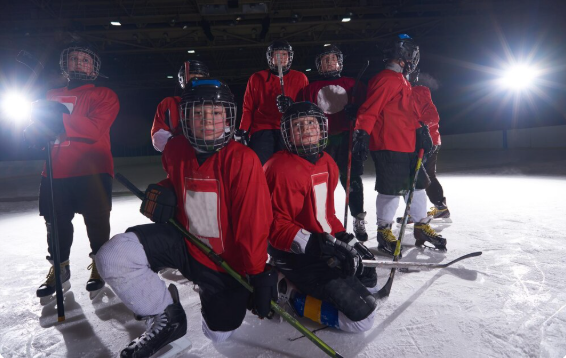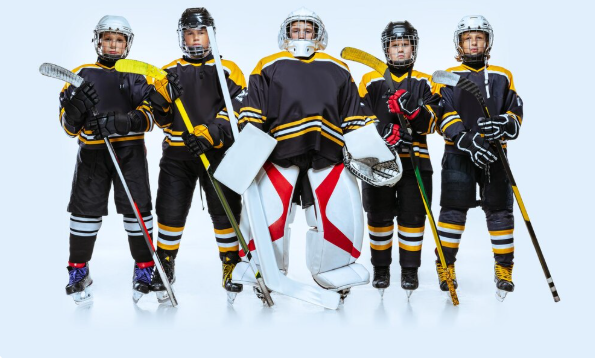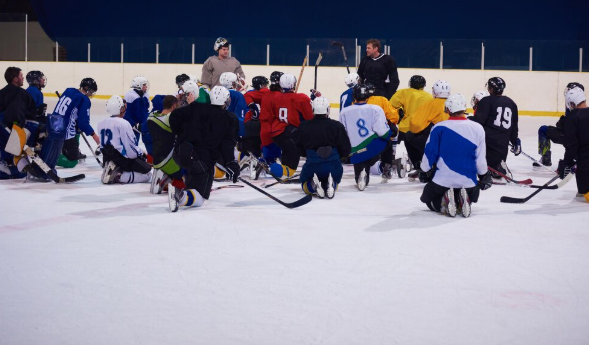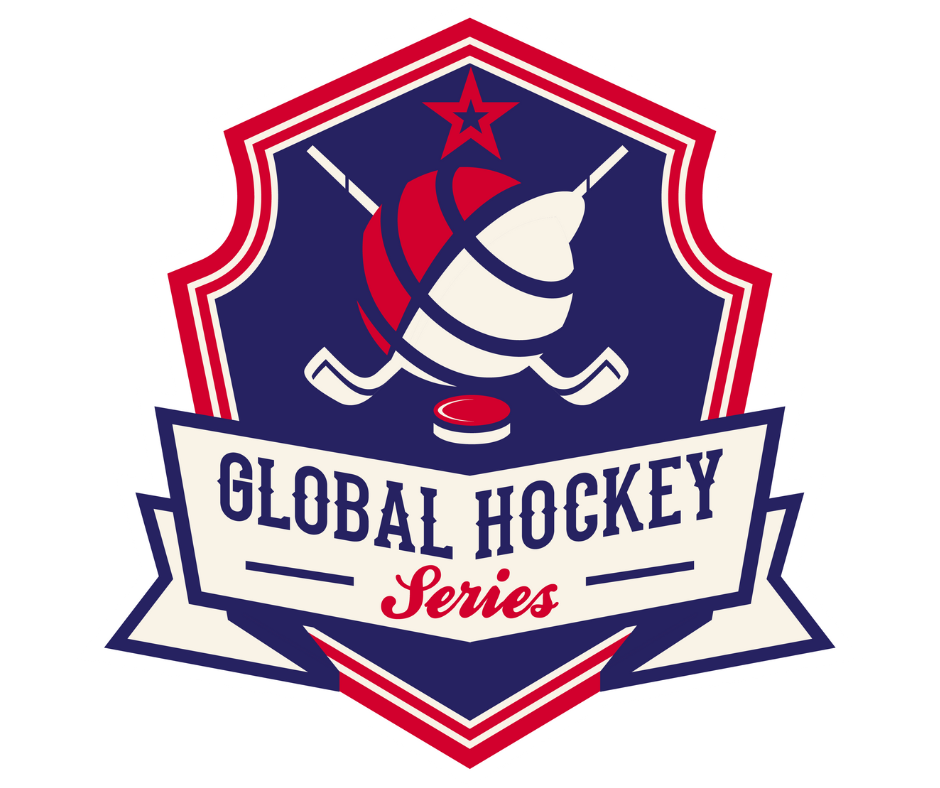Tournament FAQ: Rules, Rosters, & Regulations
If you’re gearing up for showcase hockey tournaments, a youth hockey tournament, or even adult ice hockey tournaments, you probably have questions. What counts as a legal lineup? How are games officiated? Does your roster need confirmation? This FAQ answers those core questions, without the jargon. Let’s keep it real.
1. What exactly counts as a “tournament”—and when do rules shift?
When we say hockey tournaments, we’re talking about events with multiple teams competing in game pools, playoffs, or brackets. That includes ice hockey tournaments, AAA hockey tournaments, and even men’s ice hockey tournaments or adult hockey tournaments. Players, coaches, and fans all show up expecting structure, schedules, and oversight.
Hockey tournament 2025 event rules differ slightly depending on region or tier, but any tournament under USA Hockey tournaments or national associations enforces standards around play length, officiating, and equipment—all of which we’ll unpack below.
2. How many players can I have on my roster?

Roster rules vary by tournament, age group, and sanctioning body:
- Youth hockey tournament (like U8–U12): Usually 12–18 players.
- 13U and up, including showcase hockey tournaments or AAA hockey tournaments: Often up to 20 skaters + 2 goalies.
- Adult hockey tournaments (coed, men’s league): Usually 15–20 skaters, 2 goalies.
- International or masters-level men’s ice hockey tournaments sometimes allow longer rosters.
Always read the rules! Some tournaments cap at 16 skaters; others set minimums. A one-player short at puck drop can cost a game—or your goalie.
3. What paperwork do I need to submit ahead of time?
Most tournaments require:
- A completed roster sheet (with player names and jersey numbers).
- Signed waivers and medical releases for each participant.
- Proof of age and identification, usually via roster verification or scanned IDs.
- Sanctioning numbers if you’re playing in USA Hockey tournaments, Hockey Canada events, or other authorized leagues.
Missing documents? You could be marked “ineligible” or not allowed to play—simple as that.
Also Read: How to Mentally Prepare for Showcase Hockey in 2025
4. Do we need to register under USA Hockey or another association?
Yes—if you’re entering a USA Hockey tournament or equivalent, every coach and player must be registered annually with USA Hockey. That includes background checks for adults, medical consent forms for youths, and wearing sanctioned numbers based on birth year.
For hockey events outside the U.S.—like AAA hockey tournaments in Canada—you’ll follow Hockey Canada registration protocols. And if you play in an independently organized adult ice hockey tournament, the organizer may just require a single-team waiver instead of individual registration.
5. How are games timed and structured?
Most hockey tournaments in 2025 follow a similar structure:
- Regulation: 3 x 13–15 minute stop-time periods (depending on age/division)
- Run time may start when a threshold (like a 5–7 goal lead) is reached late in games.
- Halftime is usually 2–3 minutes.
- Overtime varies:
- Youth and showcase formats: often 3-on-3 OT + shootout.
- Competitive AAA or adult levels: may include 5-on-5 sudden death or full-length OT for finals.
Check your event’s rulebook—so you know if points, standings, and tiebreakers matter by the final whistle.
6. What equipment rules do we need to follow?
Equipment rules are serious business. Skaters typically need:
- Approved helmets with cage or full face shield (required for U18 and lower).
- Mouthguards are especially used in USA Hockey and some showcase events.
- Standard gloves, shoulder pads, shin guards, skates, and sticks.
- Goaltenders must follow specific sizing rules and use goalie-approved gear.
Check tournament rules carefully—non-compliant gear can lead to penalties, suspensions, or even ejection.
7. What happens if our roster changes during the event?

Many tournaments allow emergency additions (e.g. if someone gets injured), but the rules vary:
- Some let you add one player mid-event with approval.
- Others require substitutions only from your original registered list.
- Bringing in extra players to fatten up your lines? Usually not allowed.
If you’re worried mid-tournament about injuries or missing players, ask the tournament director early. The worst answer is ‘no’—don’t show up with uncertain rosters.
8. How are penalties monitored, and what’s a coach-sit rule?
Penalties matter. Many tournaments follow these models:
- A player with 4 minors in a game sits out the next game.
- A team with 12 or more penalties could trigger a coach suspension.
- Major infractions (fighting, contact to the head) may result in immediate ejection or tournament bans.
Yes, it’s a full accountability system—especially in tournaments for women’s ice hockey, men’s hockey tournaments, or high-level showcase competitions.
Coach awareness and disciplined play save games. Keep penalty totals in mind, and rotate lines to stay sharp.
9. How does officiating work during tournaments?
Organizers typically book certified officials—USA Hockey referees for U.S. events, and Hockey Canada referees for Canadian events. Good events even assign three-man teams for higher-level AAA hockey tournaments.
For adult hockey tournaments, teams may have mixed certification requirements or special traveling officials. Check who’s calling your games and brief your players accordingly:
- Some tournaments are stricter on obstruction, hitting from behind, or head contact.
- Others may break pace faster on icing offside and delay whistles.
Warmups with players on expectations help raise awareness.
10. What COVID, health, or safety rules apply?
Many hockey tournaments in 2025 still ask for:
- Medical waivers per player.
- Baseline health checks or symptom attestations.
- COVID protocols, if required by local guidelines.
Tournament managers must follow state/province rules. Expect hand sanitizing stations, optional masks, or reduced floor access. It’s not a barrier—it’s standard now.
11. Are exhibition games treated differently?
Yes. Exhibition matches at tournaments (often on Day 0) may not count toward standings. They’re for lineup testing, player assessment, or extra game time.
If it’s marked “exhibition only,” it usually means you can experiment. That said, the same rules, equipment, waivers, and safety still apply.
12. What about tiebreakers and standings?
Tournaments typically use this hierarchy:
- Points (win = 2, tie = 1, loss = 0)
- Head-to-head result
- Goal differential (usually capped at +/- 5 per game)
- Fewest penalty minutes
- Goal total or other criteria as stated
Some tournaments go deeper—shots on goal, penalty differential, even pre-tournament rankings.
Real Talk: Why It All Matters

Here’s the straight-up truth:
- Rosters, paperwork, and waivers keep tournaments safe, legal, and organized.
- Equipment and officiating rules maintain fairness and protect kids and adults alike.
- Penalty and tiebreaker systems decide who gets medals—sometimes it’s a points difference.
- Sanctioning ensures accountability, insurance, and exposure (especially in AAA hockey tournaments or scout-heavy showcase hockey tournaments).
Ignoring these details costs teams games, money, or even tournament suspensions. But respecting them? It keeps your season on track—and your kids playing with joy, confidence, and pride.
Wrapping It Up
Whether you’re going to a hockey tournament in 2025 for kids, a weekend of adult ice hockey tournaments, or an elite AAA event, rules, rosters, and regulations matter. They shape how you play, who shows up, and whether you leave with memories or regrets.
By treating rules like part of the game, you keep everything on track. Your players play their best. You slept easily that night. And the next tournament? You’re back, already prepared.
Ready to bring your A-game to your next tournament?
Register, confirm your roster, and make sure everything’s by the book—so your team can skate hard and enjoy every shift.
Explore the full 2025 tournament schedule at GLHL Hockey and get ready to play smart, organized hockey.







